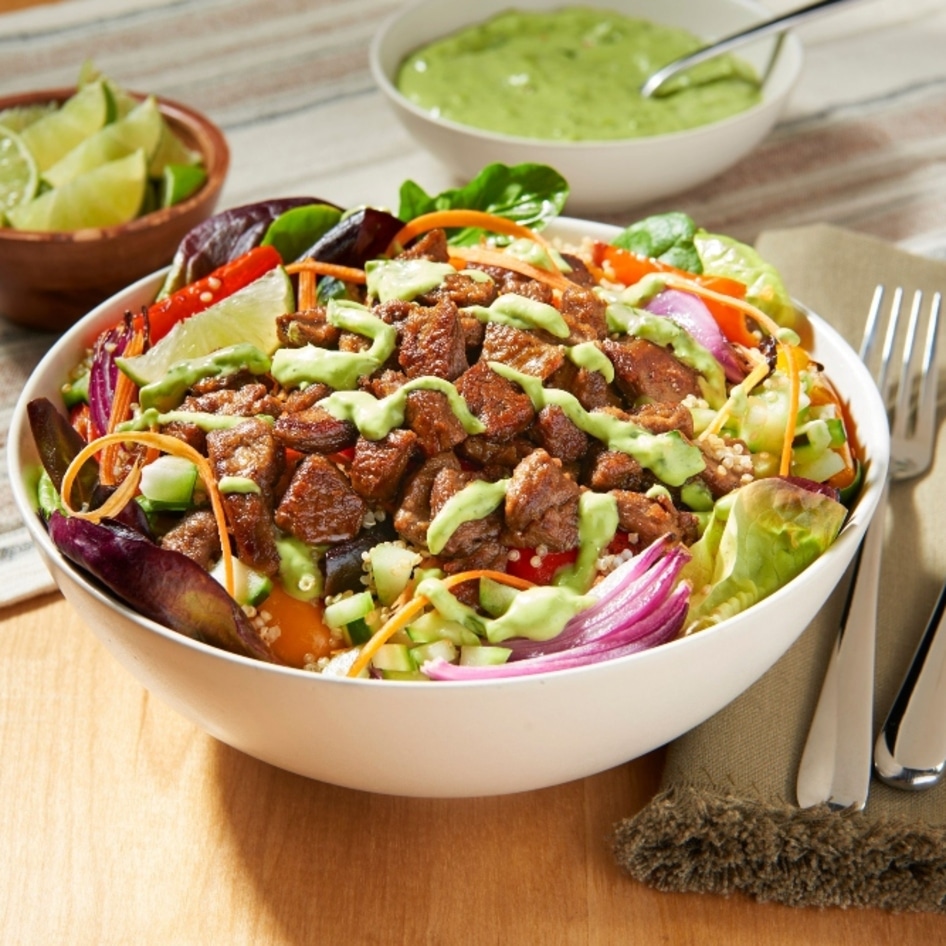For a long time, one particular nutrient has dominated conversations about nutrition. You already know: it’s protein. In fact, the International Food Information Council reports that in the last year, one in three Americans has consciously increased their protein intake. But while protein is essential for our everyday health, research suggests that most of us aren’t deficient in it. The majority of Americans, however, are struggling to get enough fiber—but that could be about to change.
 Getty
Getty
According to Whole Foods’ annual trend predictions report, fiber is poised to become one of the biggest food trends of 2026. The report was compiled by the Whole Foods Market Trends Council, which comprises a diverse group of food experts, including chefs, buyers, and foragers.
Fiber is a major emerging food trend
Each year, the council identifies the biggest emerging trends in the food industry, and this time, it noted that more fiber-packed products—like pastas, prebiotic beverages, and breads—are appearing on shelves. The report also notes that fiber-rich whole foods, like oats, are growing in popularity.
Data supports the council’s observations. According to Future Market Insights, the dietary fiber market was valued at nearly $13.6 billion in 2025, and is expected to soar to more than $36 billion over the next 10 years. The market research platform notes that demand is “being driven by increasing consumer awareness of digestive health, weight management, and preventive healthcare.”
 Teleginatania
Teleginatania
Fiber is essential for gut and digestive health. Nichole Dandrea-Russert, MS, RDN, and author of The Fiber Effect, recently told VegNews: “Fiber is important for keeping us regular, as most of us know, but it’s also the foundation for a healthy gut. A healthy gut leads to less acute and chronic inflammation, both in the gut and throughout the body.”
In fact, a high fiber diet is associated with a lower risk of colon cancer, and it may also help lower cholesterol and blood pressure.
From fiber to tallow
While fiber-rich foods are rising in popularity for their health benefits, another, more controversial trend is also gaining traction: beef tallow. According to the Whole Foods report, tallow is expected to remain popular, likely driven by the rise of low-carb and carnivore diets on social media. Many believe that tallow is a “cleaner” alternative to vegetable oils; however, many nutritionists are concerned about its high saturated fat content.
Unlike fiber, which may reduce cholesterol, saturated fat increases it, which in turn raises the risk of conditions like heart disease. “Beef tallow has around 50 percent saturated fat, which, due to its inflammatory properties, has been linked to an increase in heart disease, high total cholesterol and LDL cholesterol, and other chronic diseases,” Keri Gans, RD, author of The Small Change Diet, told Prevention.
 Canva
Canva
BECOME A VEGNEWS VIP: Get exclusive product deals, freebies, and perks galore!
Other food-focused trends include more whole food sweeteners, like fruits and maple syrup; vinegar; and high-quality frozen foods.
“The 2026 list reflects how quickly ideas can move from emerging concepts to everyday favorites,” said Cathy Strange, Ambassador of Food Culture for Whole Foods Market and member of the Trends Council. “It’s exciting to see how these trends will shape conversations in kitchens, communities, and the broader food culture in the year ahead.”
For more plant-based stories like this, read:
JUMP TO ... Latest News | Recipes | Guides | Health | Subscribe









